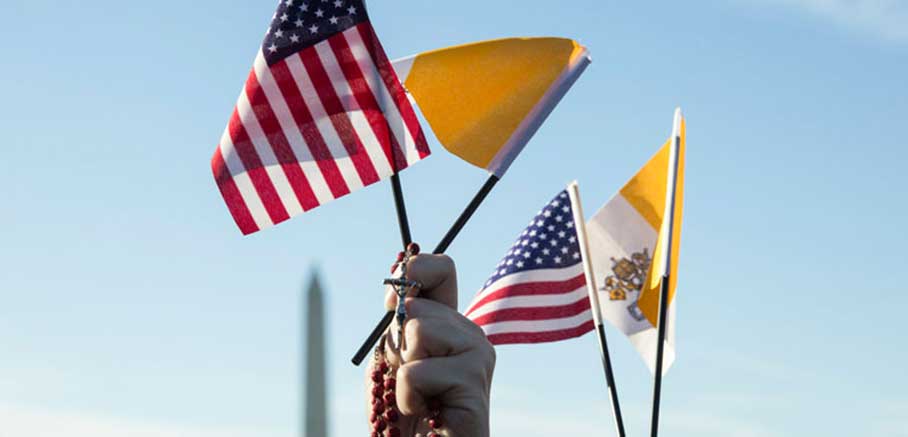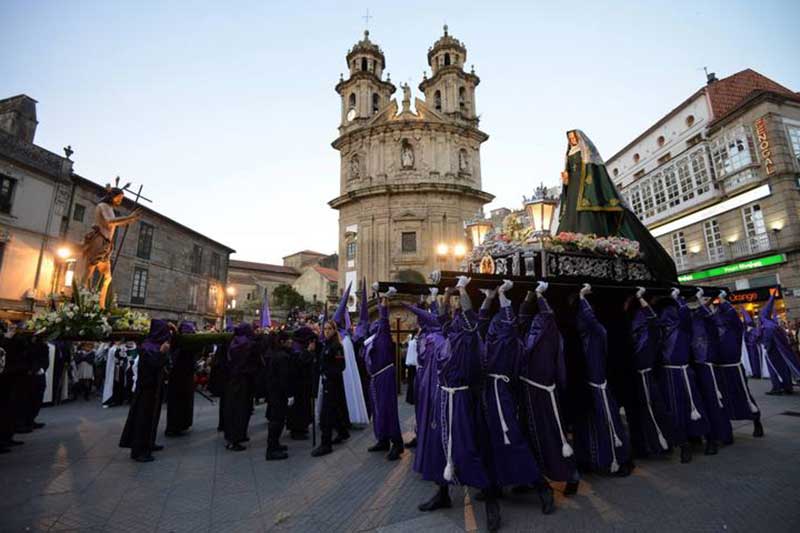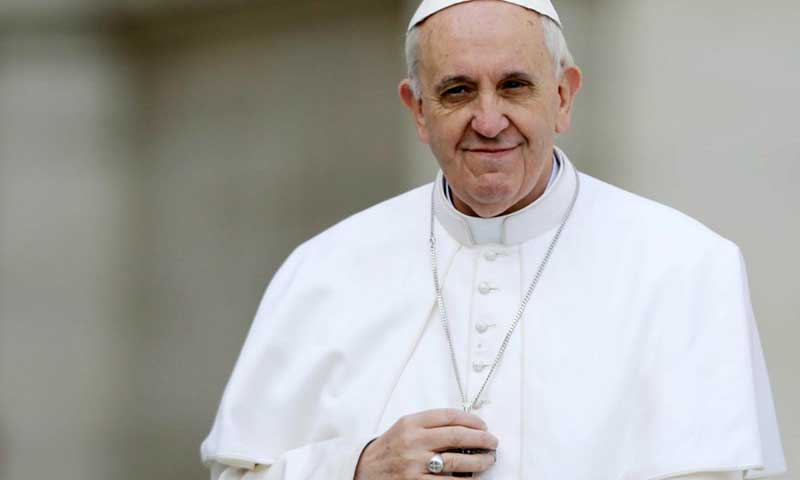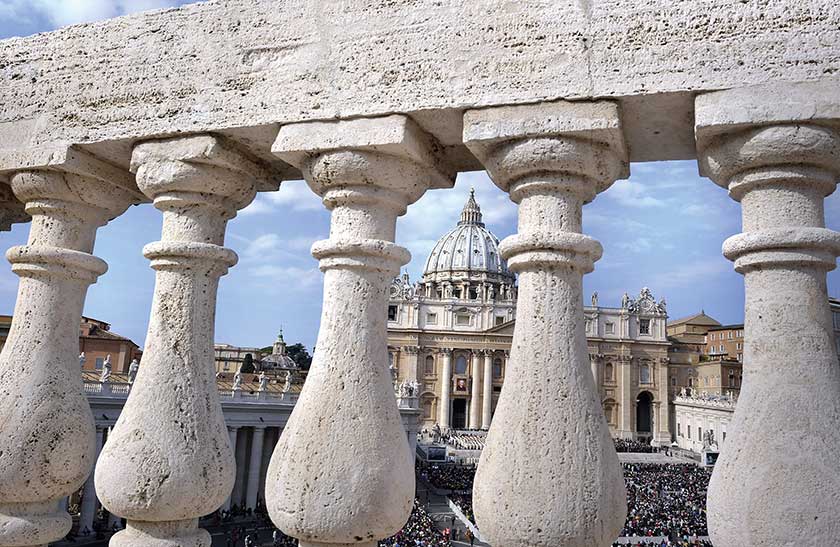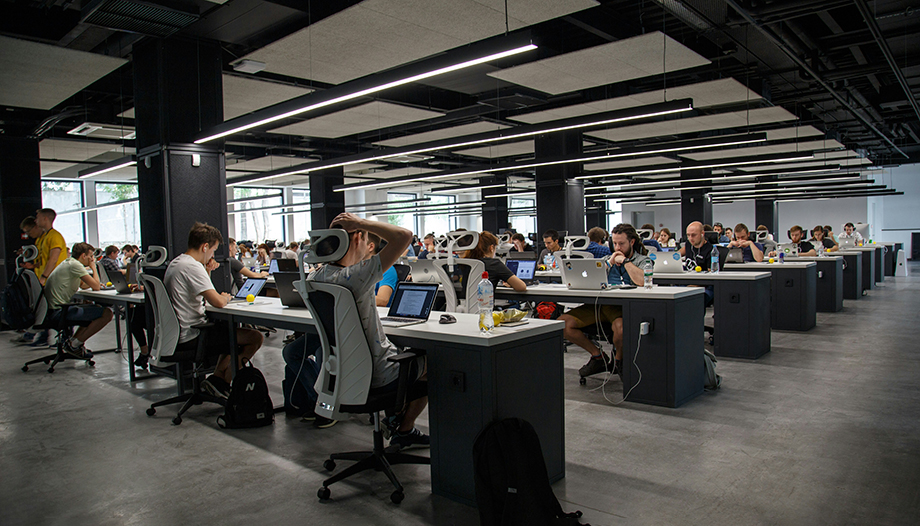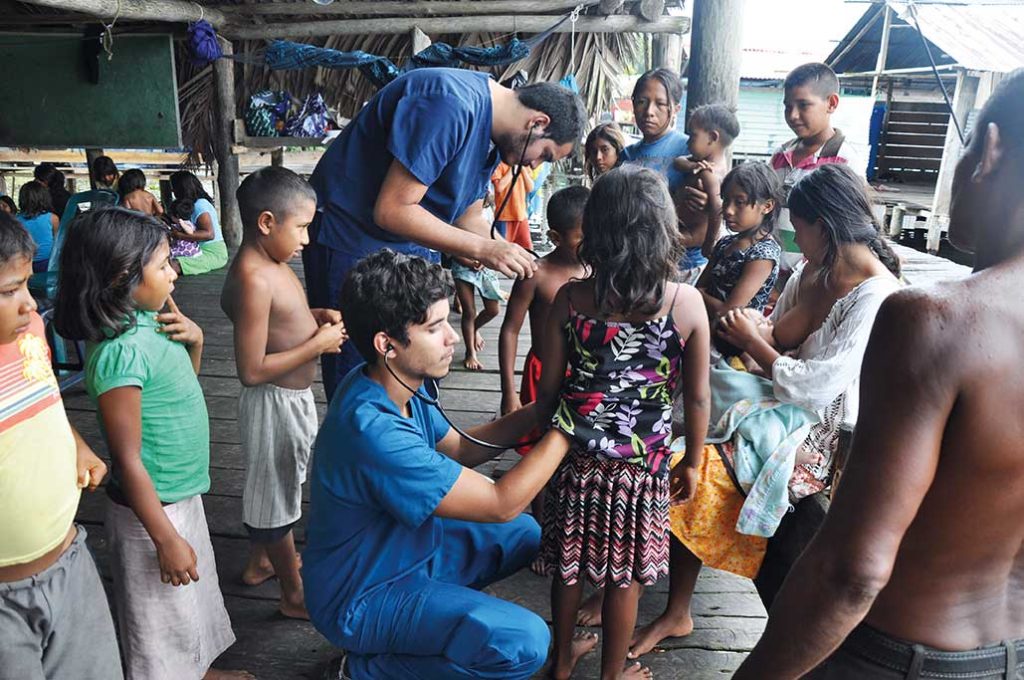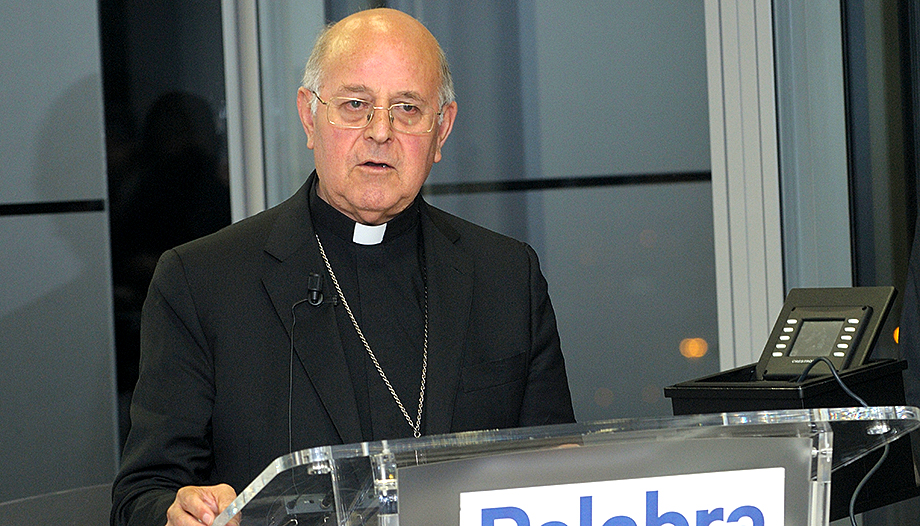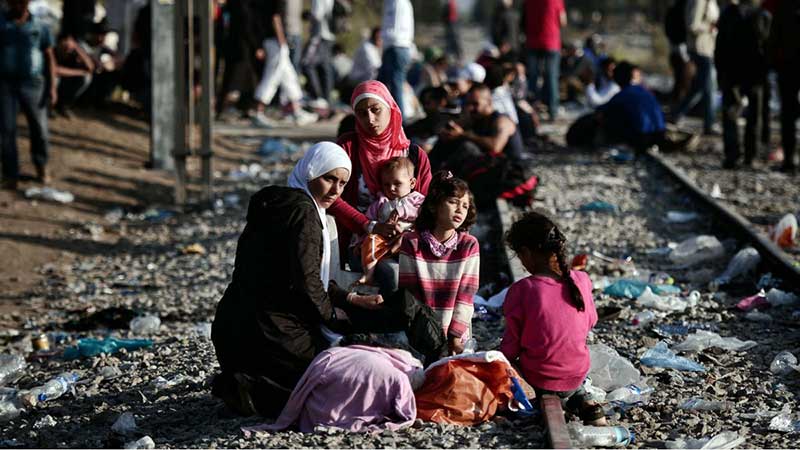Rabbi Yonatan Neril has been promoting an interfaith center in Israel for more than six years to address environmental challenges. Why interfaith? In the Holy Land, Christians, Jews and Muslims live on the same land, breathe the same air and drink the same water. "Environmental challenges transcend borders and religious affiliations, and therefore there is a common focus of interest among people of different nationalities and religions.", so that "require the collaboration of all denominations".
Can you explain what the 'Interfaith Center for Sustainable Development" (ICSD) is, when it was founded and by whom, and the objectives it pursues?
-The Interfaith Center for Sustainable Development (ICSD) works to catalyze the transition to a sustainable, prosperous and spiritually aware society through the leadership of faith communities. ICSD unites faith communities, teachers and leaders to promote coexistence, peace and sustainability through advocacy, education and action-oriented projects. I founded the organization in 2010.
What motivated you to promote this Center and do you consider that the Earth is facing unprecedented challenges, to the point of endangering its very survival?
-What motivated me to found the center was the realization that in the Holy Land, Christians, Jews and Muslims live on the same land, breathe the same air and drink the same water. Environmental challenges transcend borders and religious affiliations, and therefore there is a common focus of interest among people of different nationalities and religions.
It is an interfaith center, can you explain what led you to do it in this way, without being limited only to the Jewish religion?
-Starting from the premise that both the ecological and spiritual crises are global, the way to address them must also be global. This is where interfaith collaboration is so important. Last July I participated in and spoke at a press conference in Spain, where scientists and members of the clergy joined together in common cause for sustainability. The conference culminated in the drafting of the Torreciudad Declarationwhich was widely covered in the Spanish press.
This statement is the result of the International Seminar on Cooperation between Science and Religion for Environmental Care, based on the Encyclical Laudato Si of Pope Francis. The seminar was attended by scientists, theologians and religious leaders with an interest in environmental issues from the world's major spiritual traditions. The declaration is open to those who recognize the importance of environmental problems and the need to promote greater cooperation between the sciences and the major religious and spiritual traditions of humanity to contribute to their solution.
As the first part of the Declaration, it states: "The vast majority of the people who inhabit our planet believe in the importance of spiritual and religious traditions in their daily lives. These traditions constitute an important source of inspiration and a basis for their moral values, as well as a worldview of who we are in relation to God, to the Earth and to each other.
As indicated in the Laudato SiThis should provoke religions to enter into dialogue with one another in order to care for nature, to defend the poor, to build networks of respect and fraternity" (n. 201).
What channels of action are you pursuing these years, and more specifically in 2016?
-This year we are carrying out five channels of action. The first is the Faith and Ecology Project, a program that promotes the education of Christians, Muslims and Jews on issues of faith and ecology. By focusing on values formation and teaching methods for clergy and emerging faith leaders, ICSD seeks to create an exponential effect. ICSD organizes workshops for seminary principals, teachers and students, and issued the first report on Faith and Ecology Courses in North America.
The second is the Women's Interfaith Ecology Project. It brings together young Christian, Muslim and Jewish women in Jerusalem for joint actions aimed at promoting environmental sustainability, strengthening cross-community ties, and overcoming interfaith conflicts. By focusing specifically on women, this project aims to highlight the role of women to act as agents of change, providing specific tools and amplifying their voices in faith education and the environmental movement. At the same time, the project positively encourages an interfaith conjunction and cross-cultural approach with the aim of working towards peaceful reconciliation and addressing issues of mutual concern.
The Faith and Earth Science Alliance is the third project, which uses videoconferencing and live meetings to connect top religious, spiritual, and scientific leaders around the world and spread a common message toward environmental protection. Video content from these meetings will be disseminated through social networks and media to promote public awareness, political will, and action.
At the same time, we have the Interfaith Environmental Conferences. They are a forum for religious leaders and scientists to talk about the intersection of faith and environmental issues. ICSD has organized, together with our partners, four interfaith environmental conferences. The conferences received media coverage in more than 60 international media outlets. They also create common ground and lead to positive change between Muslims, Jews and Christians, Palestinians and Israelis.
Finally, I mention Eco Israel Tours, a branch of ICSD that works with groups connecting ecology, Israel and faith teachings. The Yehuda Machane tour of Jerusalem is one of twelve programs offered. In the last five and a half years we have worked with over 3,000 participants.
Is the ICSD aimed more specifically at clergy, including seminarians, or also at any person or institution interested in faith and the environment?
-One of our projects is aimed specifically at seminars, while the other projects are aimed at other audiences.
Do they feel helped or supported by governments, companies and civil society, or do they have difficulties in transmitting their ideas? Who are more sensitive to their projects and tasks?
-Most of the philanthropic support for our work comes from foundations and individuals. The German Embassy in Tel Aviv has also supported our work. We also have associations and other NGOs, based in several countries. ICSD has a unique range of partnerships with religious institutions in Israel, which will enable the implementation of our environmental programs in various communities.
Does the ICSD have any new projects that you can pass on?
-The project to "green" religious institutions in Jerusalem will involve three religious institutions: a church, a mosque and a synagogue or seminary. This is a process of "greening" both the building and grounds, as well as the educational content communicated to members of the congregation. At least one Muslim, one Jewish and one Christian institution will be involved. The project will create models for the ecological transformation of Jerusalem's religious institutions through a commitment to educate their leaders and members about actions to improve the environment.











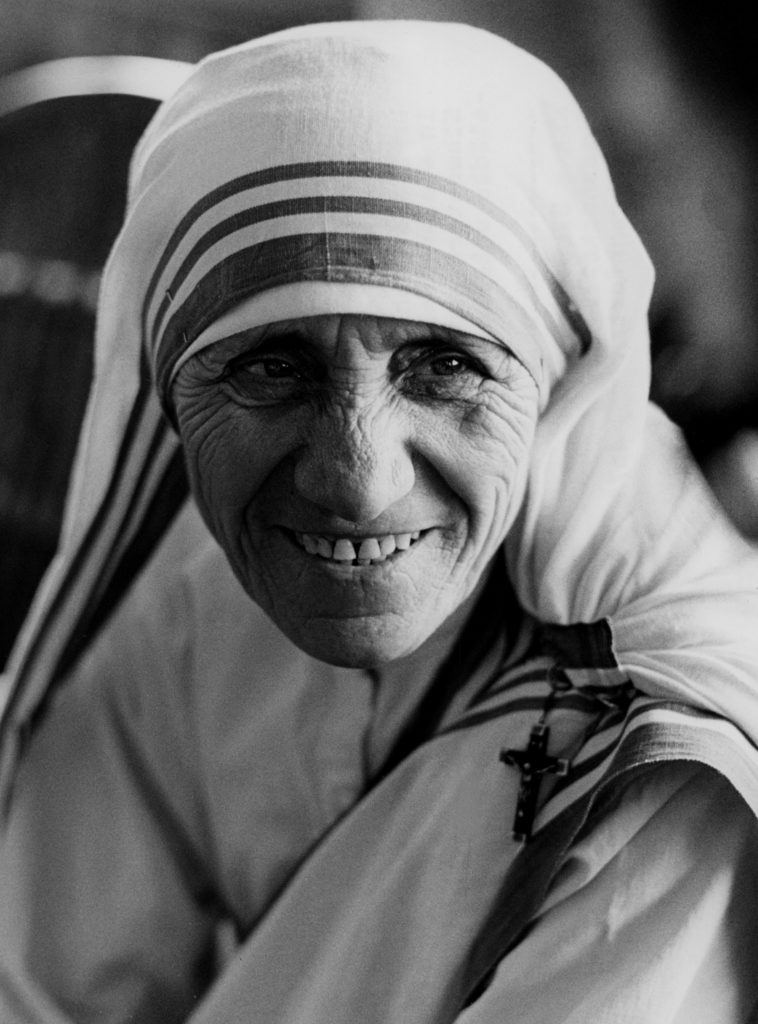

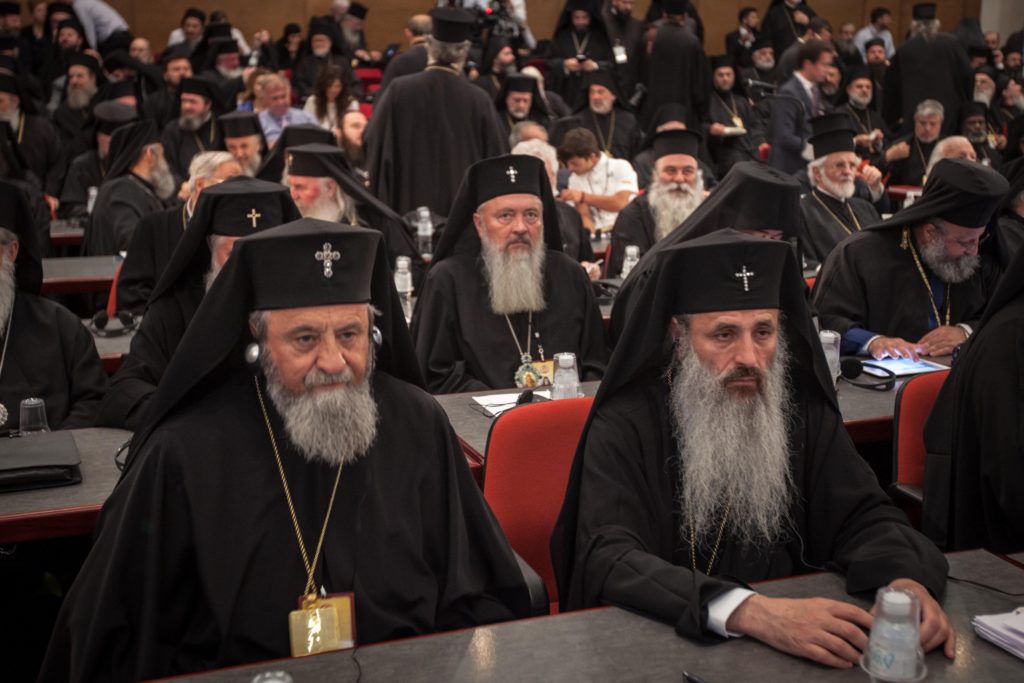
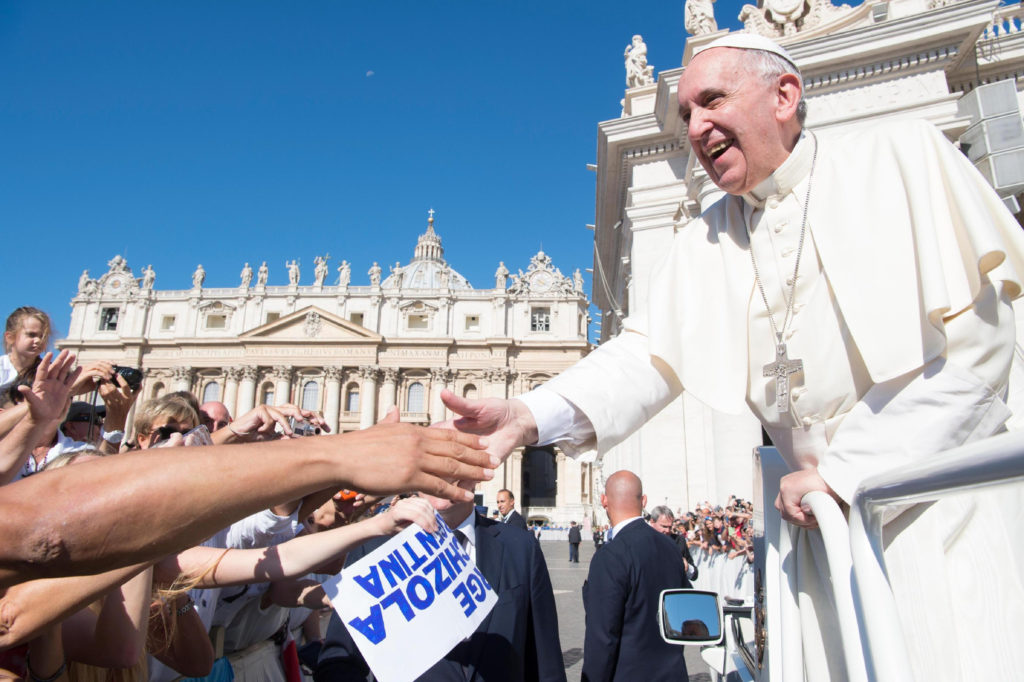
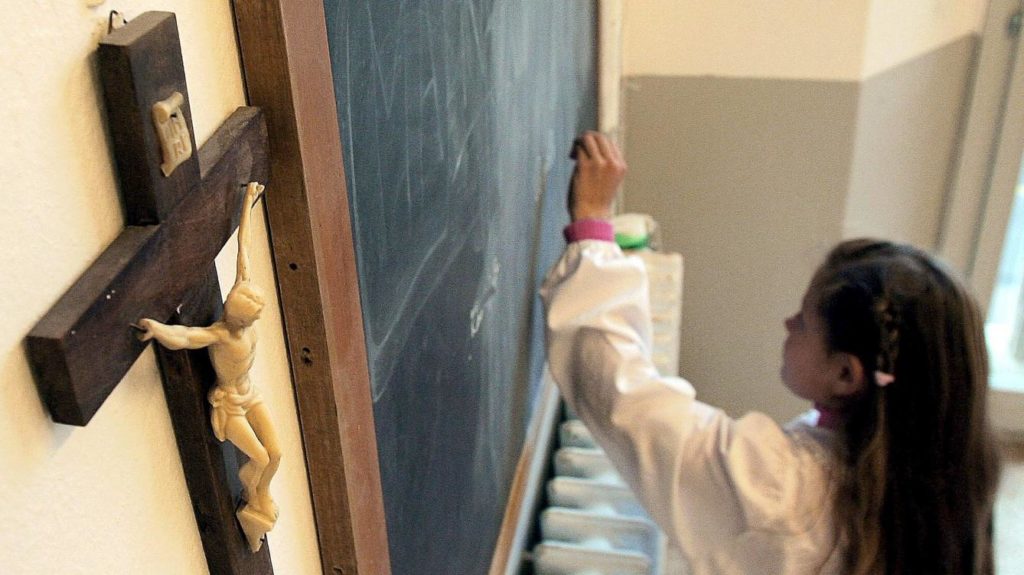
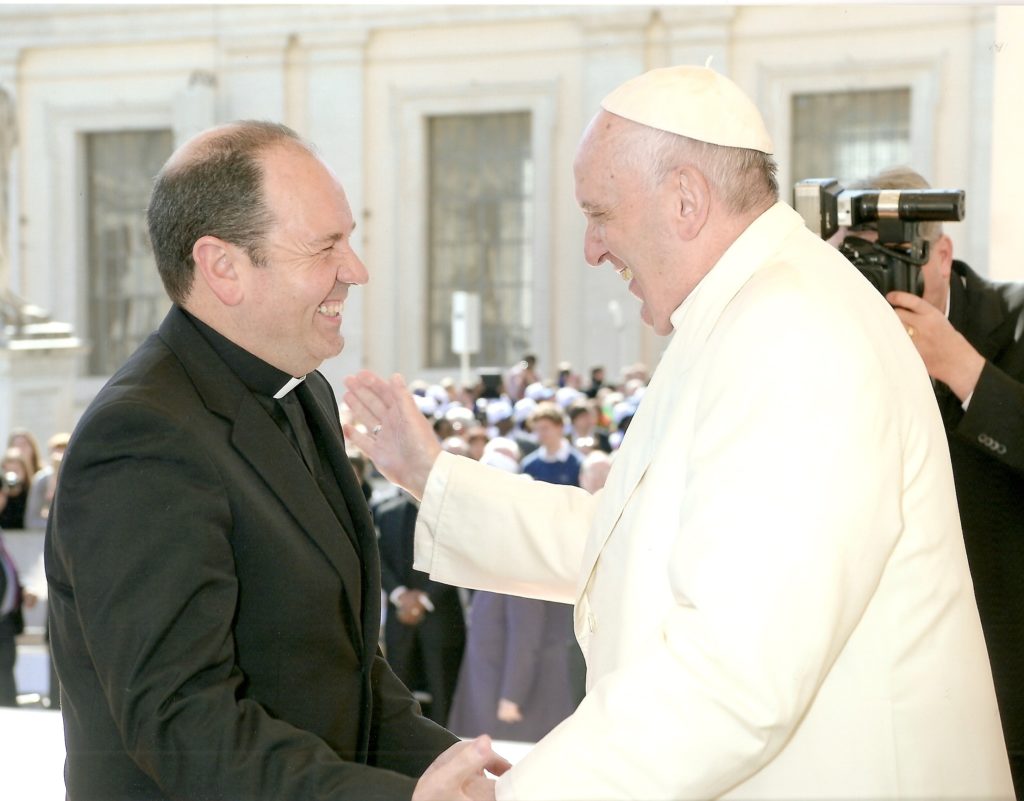
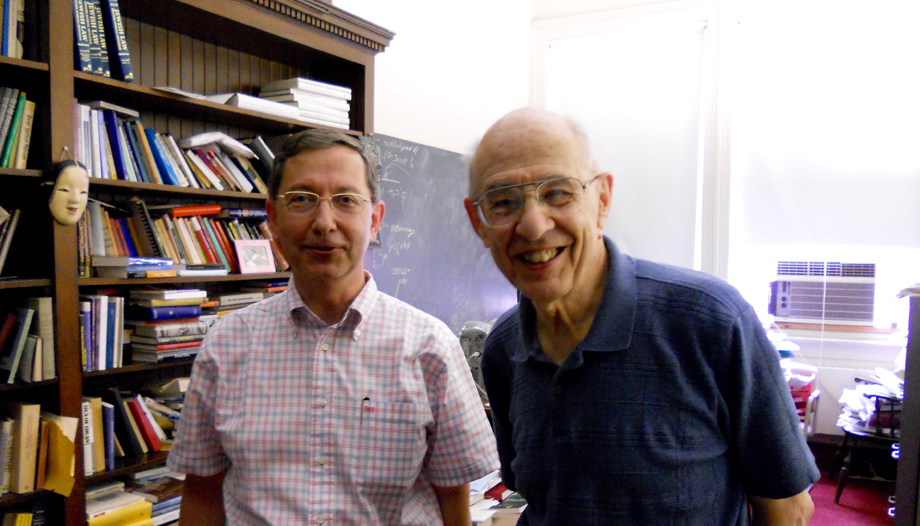

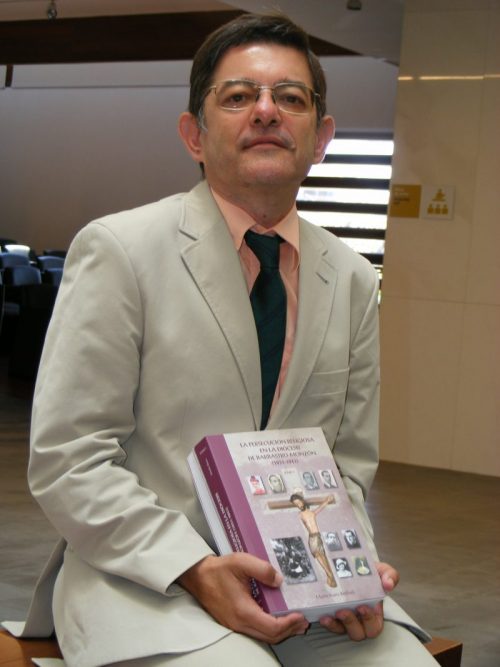
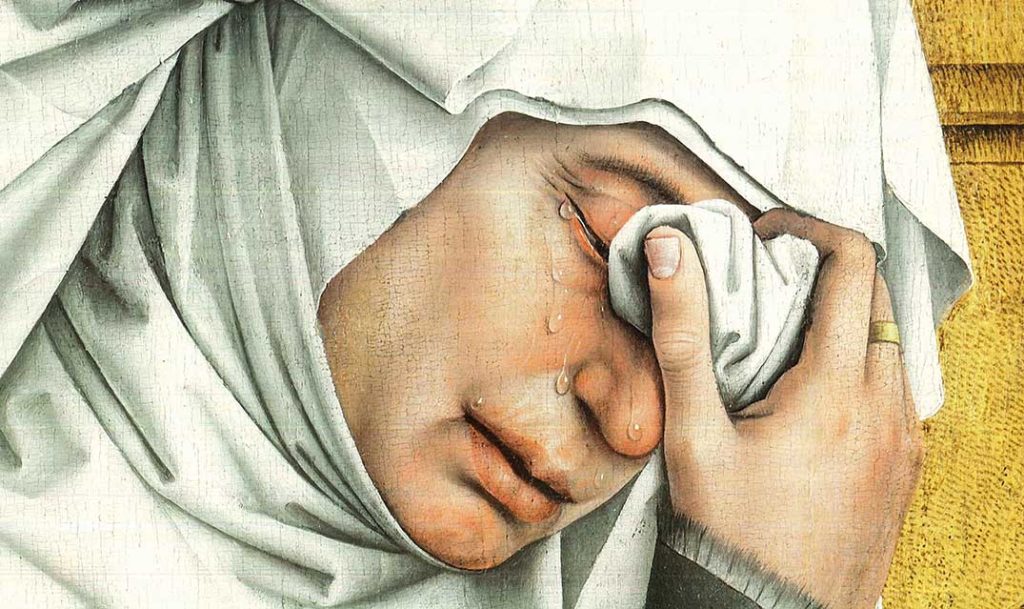

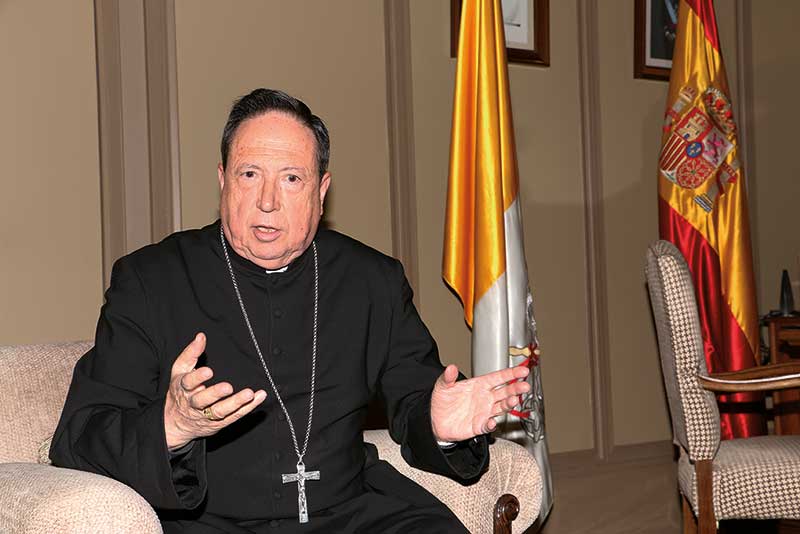
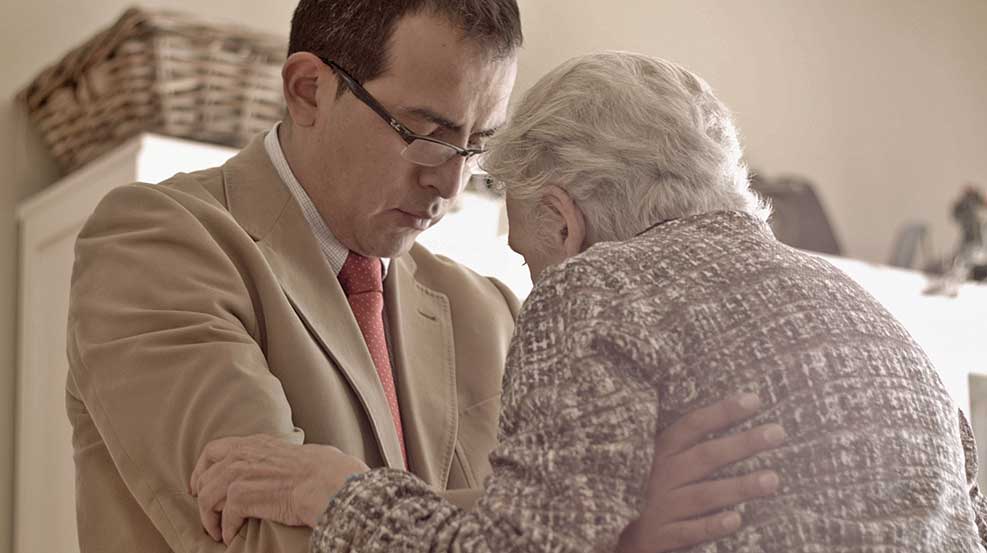
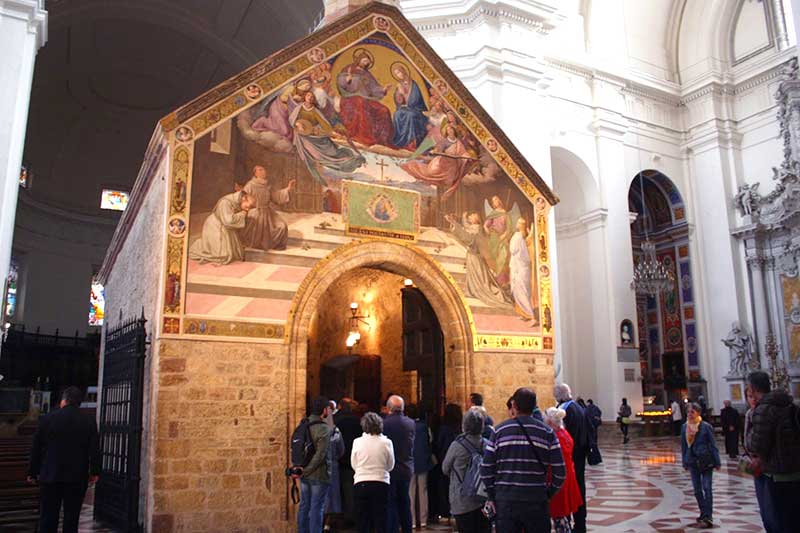
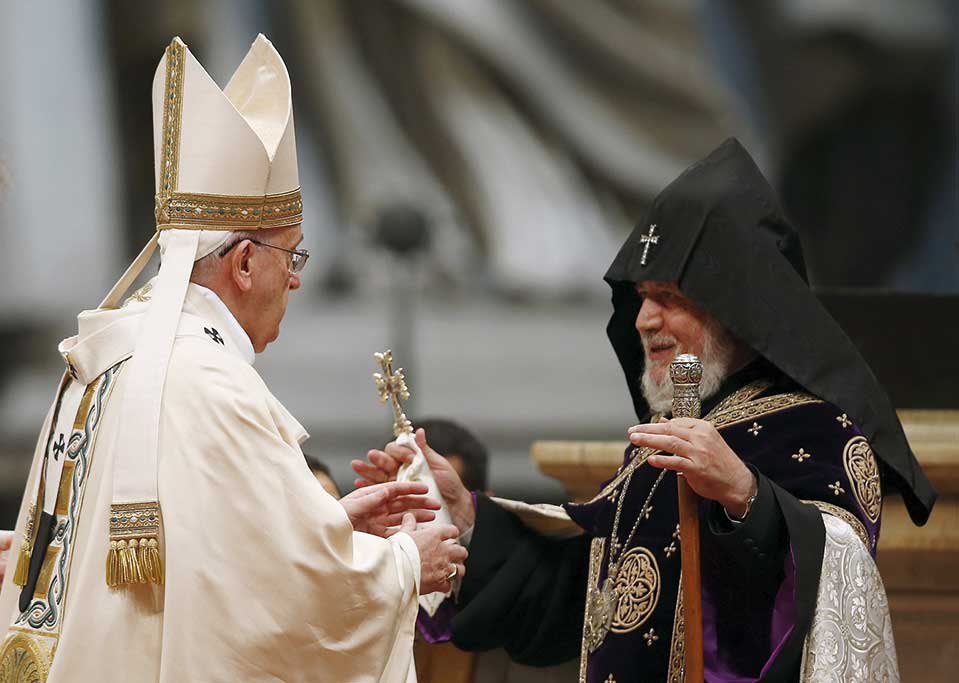
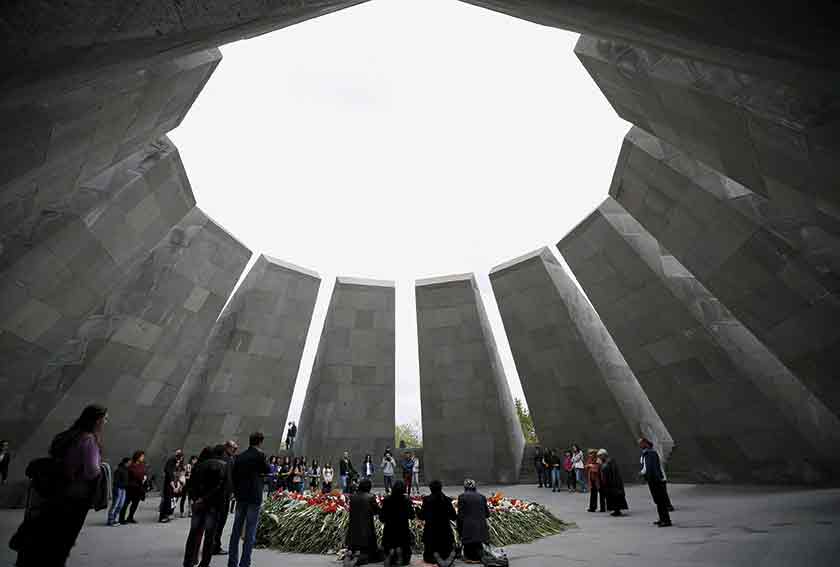
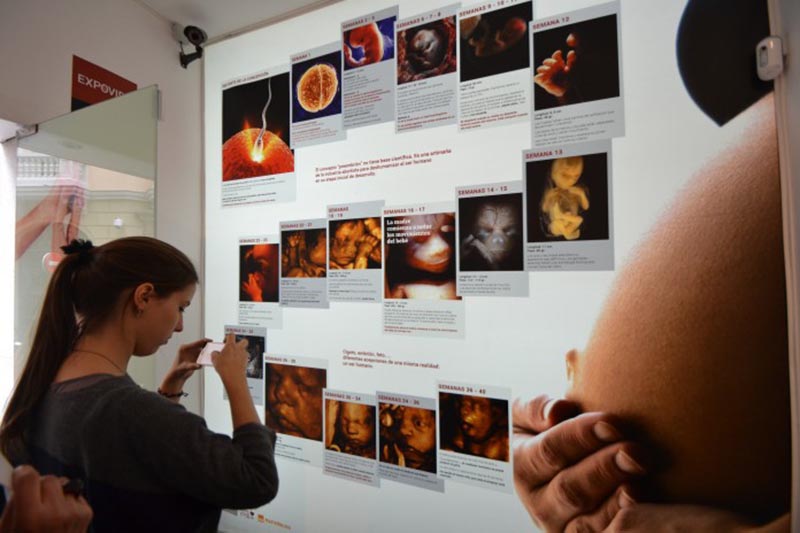



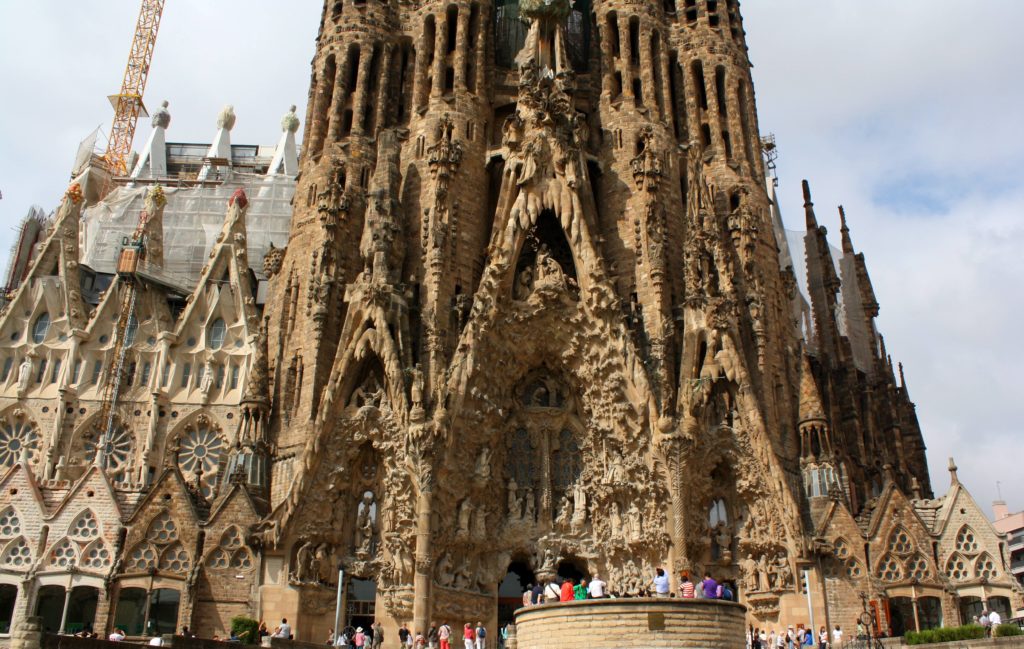
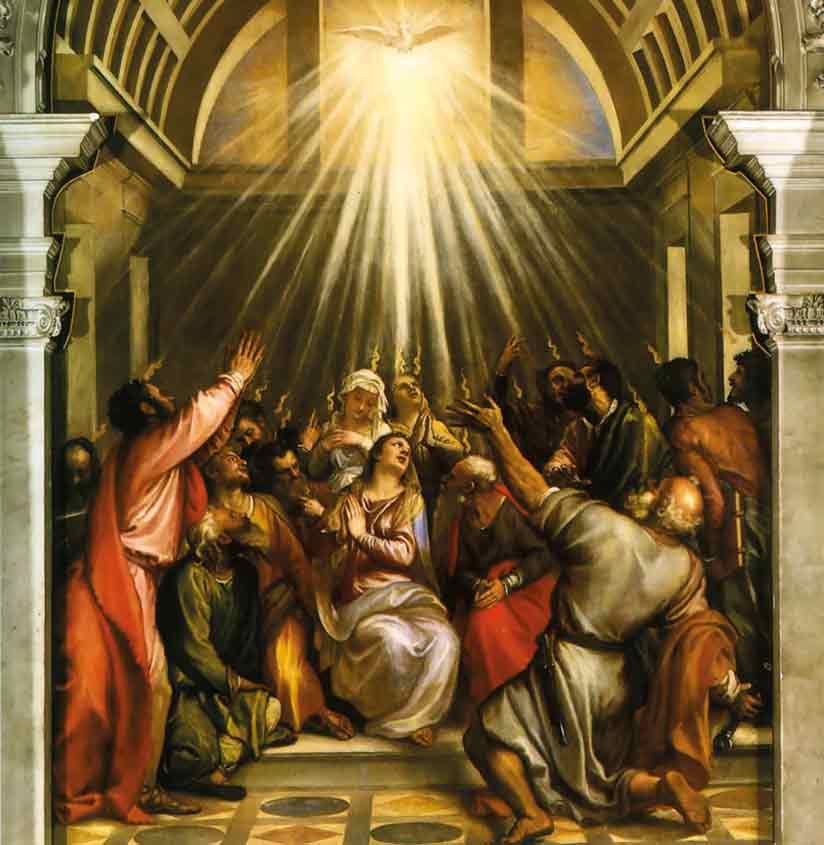
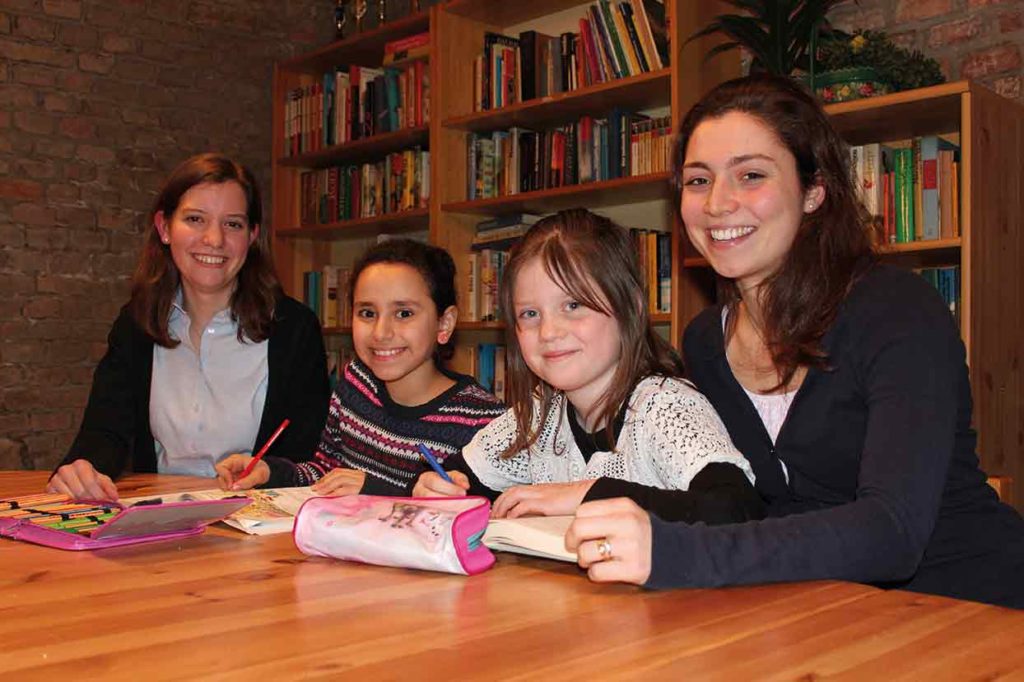
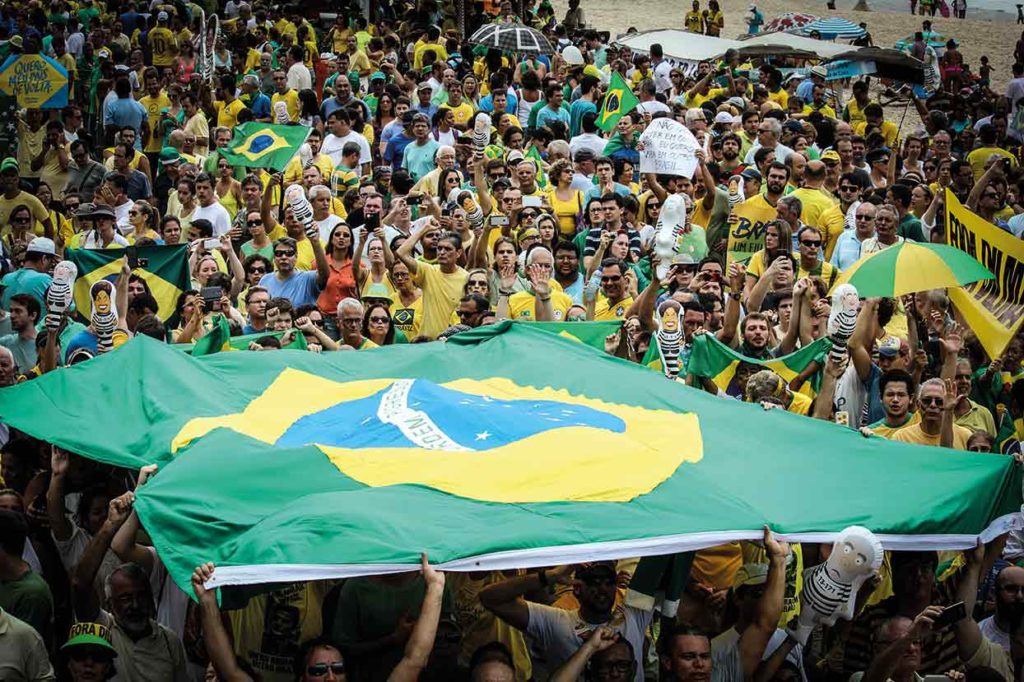
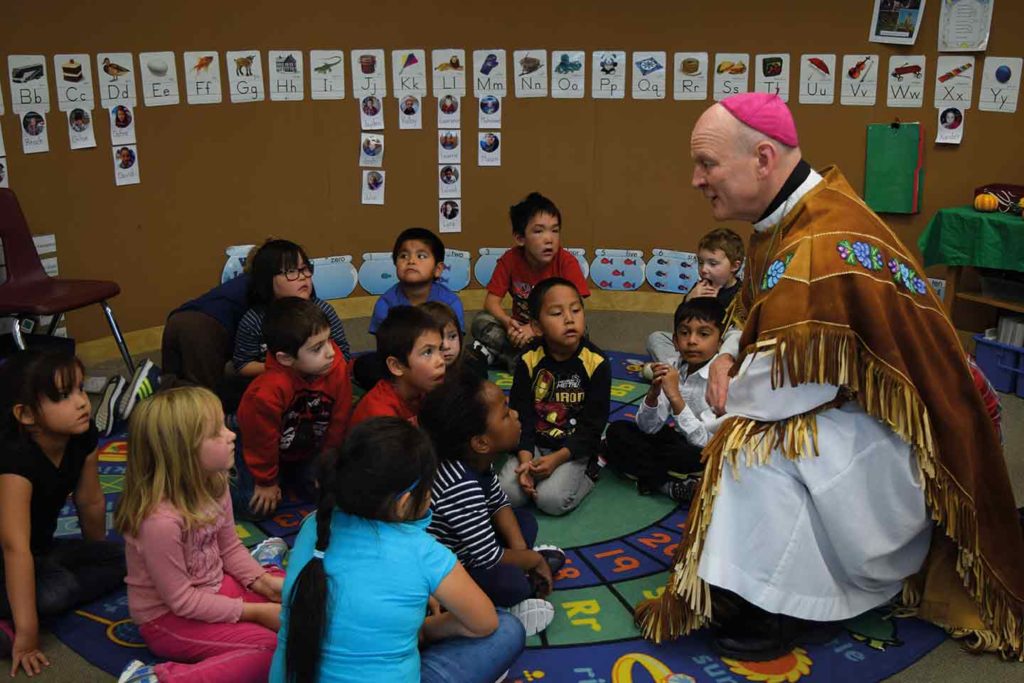
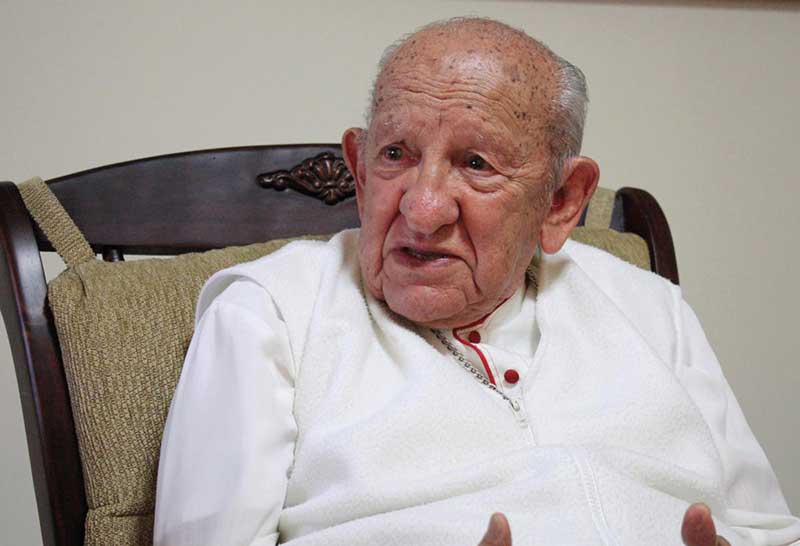
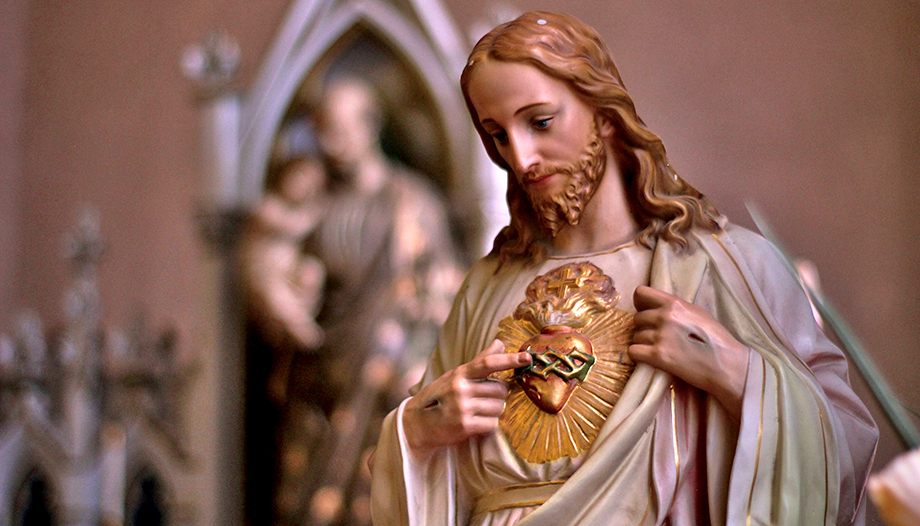


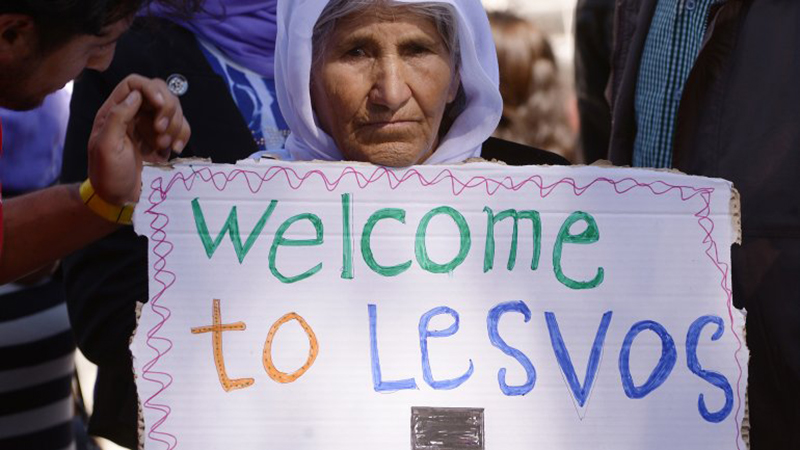
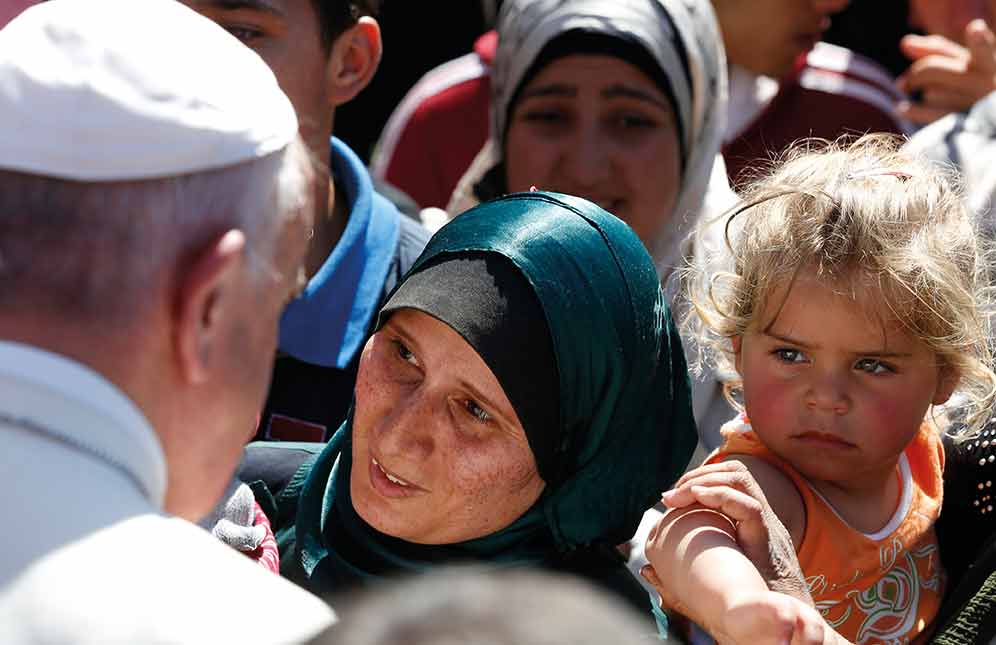
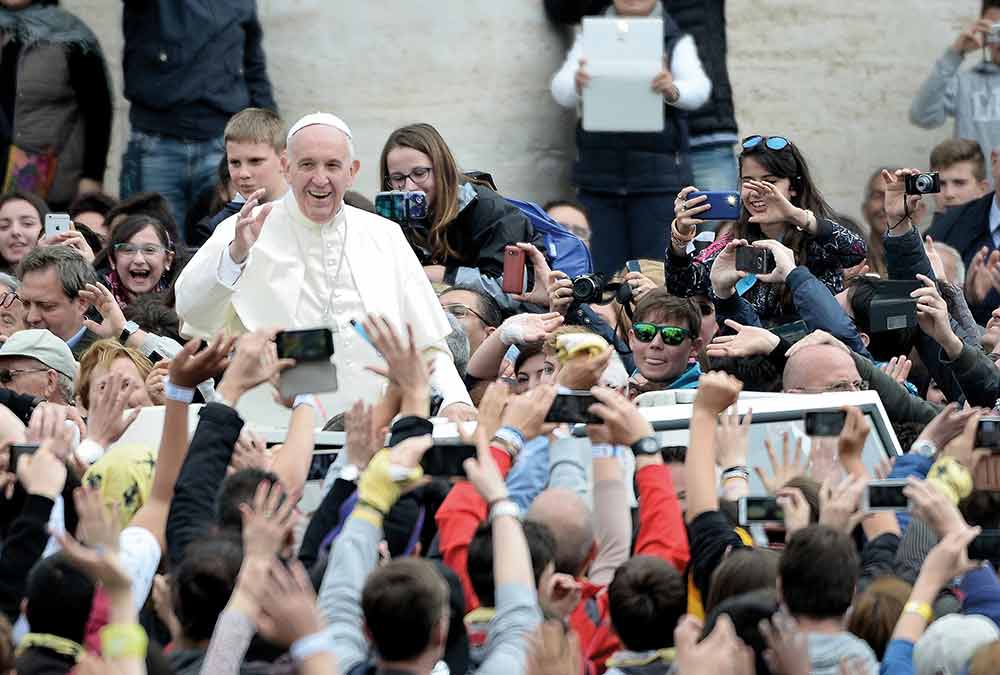
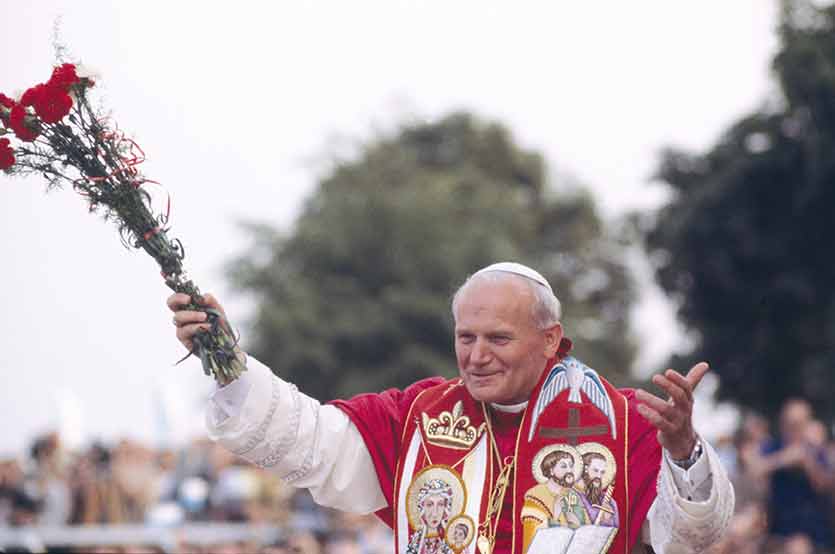
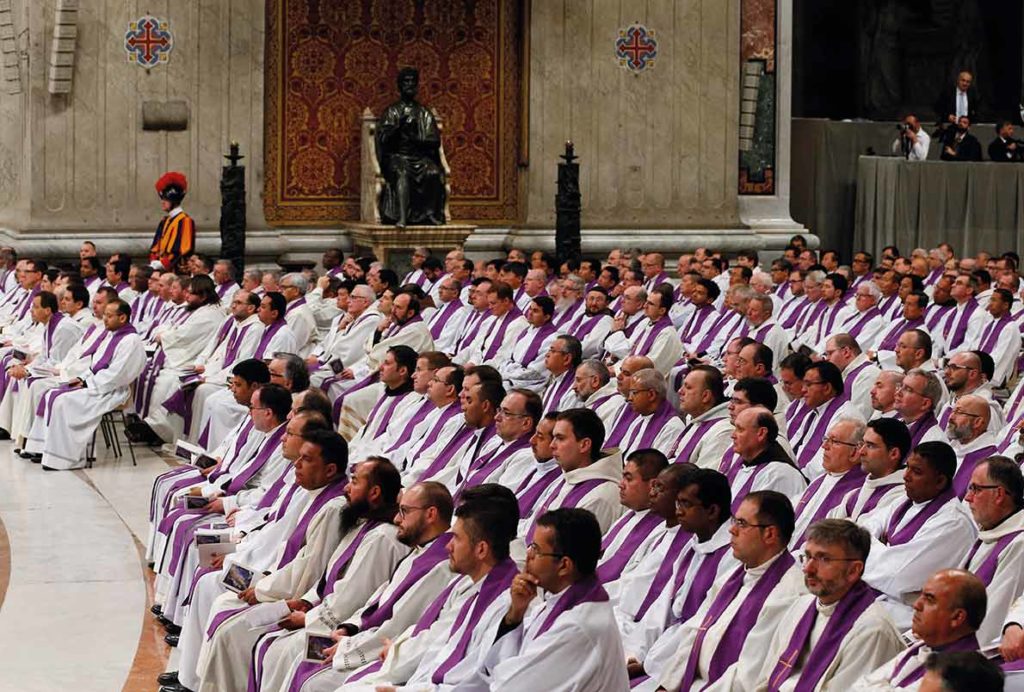


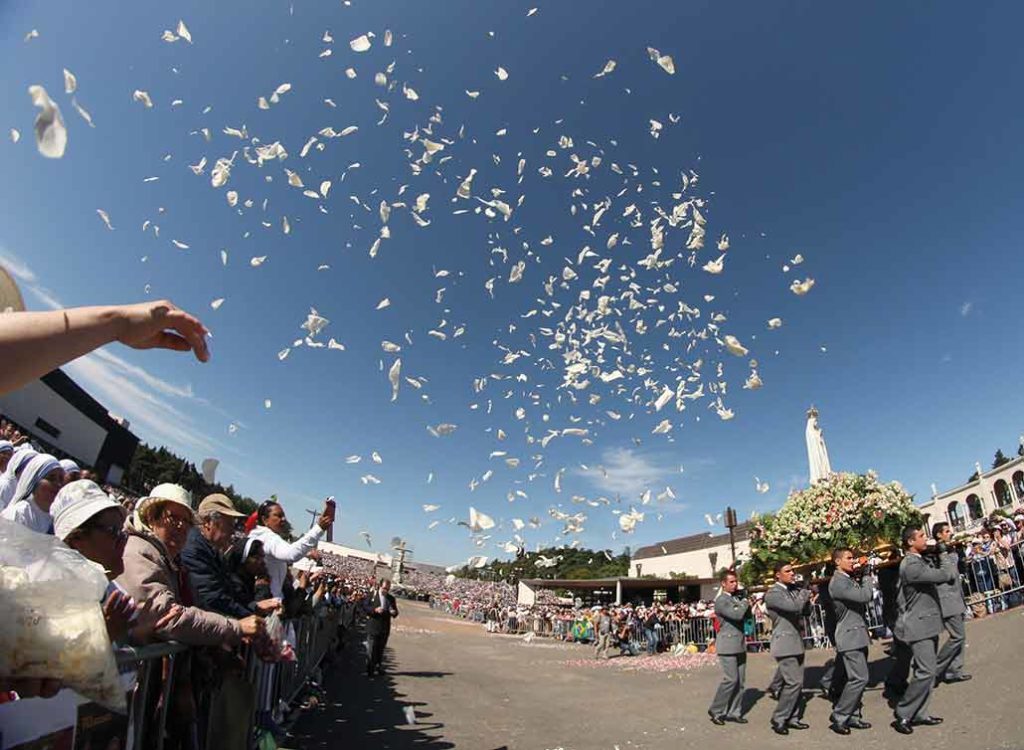
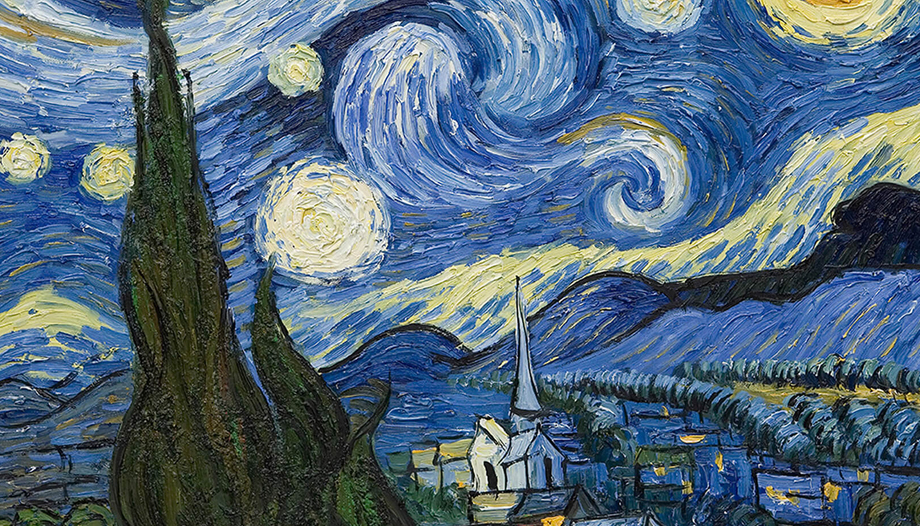
 Art and spirituality meet at the "Observatory of the Invisible".
Art and spirituality meet at the "Observatory of the Invisible".
